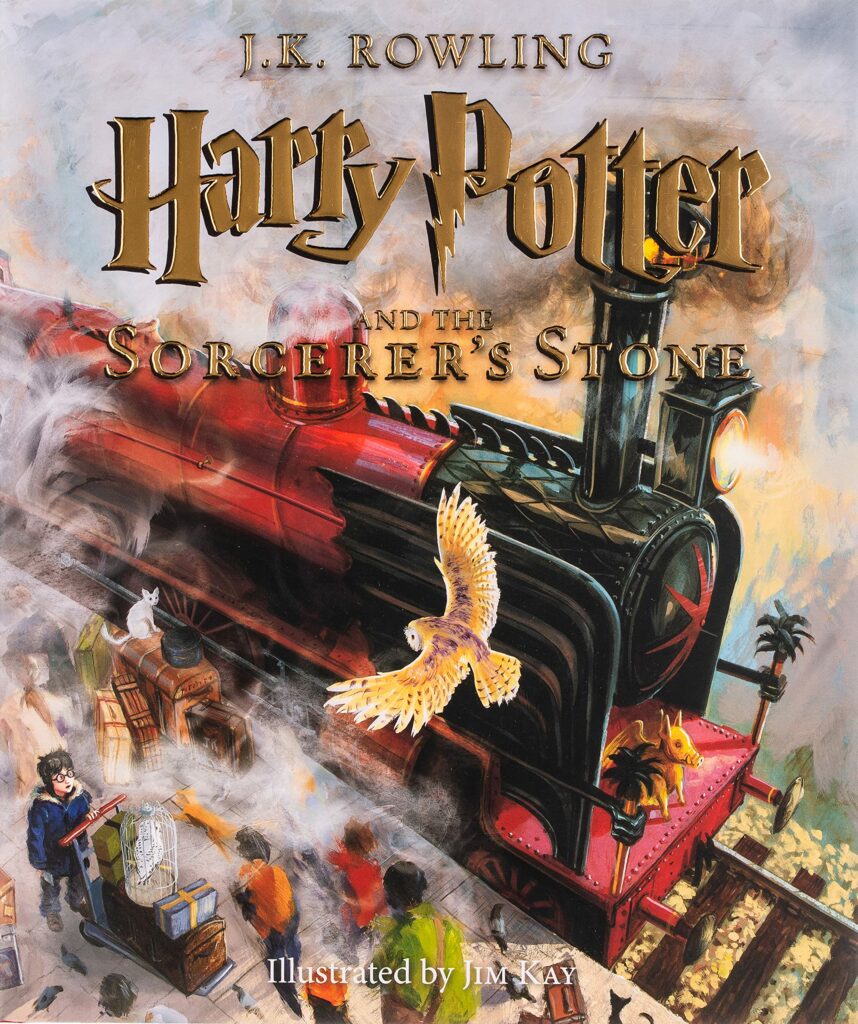How long should your book be? Does it even matter? Isn’t the art as long as the art needs to be for you to tell your story? Book length is a technical question a world away from the craft, but yes, having a word count guide absolutely matters—even at the earliest stages of drafting your novel. A draft becomes a manuscript, which quickly becomes something to send to literary agents and then editors, and then suddenly, voila! It becomes a book. And a book is a product, and every page is a dollar amount and a time value investment to publishers. If you’re coming in way under or over, publishers won’t want to invest in your product. See why it matters to consider word count at the early stages, and to move away from thinking about book length in terms of “art”?
Of course, there are exceptions to every rule (more below), but publishing has standards which you should meet if you expect to be taken seriously as a professional author. Otherwise, it just screams maverick, lazy, or obtuse. As mentioned several times on Aspiring Author, publishing is a business, with rules to follow. If you submit a 30,000 or 130,000-word manuscript to an agent or publisher when the sweet spot is 80,000 words, you’re giving them a very easy reason to simply pass on your work (perhaps without even reading it).
When should you start thinking about your word count?
Don’t worry too much about word count before you have a first draft, otherwise you might get tripped up or get writer’s block. However, once you have that draft in your hands, now is the time! There’s no exact science behind the word count, but there is a sweet spot, which can vary by genre. If you’re a couple of thousand words over: no big deal. Any more than 5,000 over or under, then it’s time to do some work. And if you’re way under or over, then something’s gone seriously wrong (see below for how to address). Additionally, as readers we have certain expectations—you might balk at reading a 100,000-word picture book (unless perhaps it was an adult graphic novel). You certainly wouldn’t buy it. Check out our word count guide to getting published below.
The sweet spot
When drafting your adult fiction manuscript, aim for 80,000 words. My first drafts tend to be around the 60,000-word mark, and then grow longer with each edit. I also know of writers whose first drafts go way over, after which they have some serious cutting to do. Let the warning bells sound at 90,000. Do not go over 100,000. This is the sweet spot for standard adult novels for a very good reason. That’s around 250-350 double-spaced, typed pages (which equates to about the same when printed, depending on font choice, font size, and whether the book is published in paperback, hardcover, or digitally). Studies have shown readers are most comfortable with this number of pages for a standard fiction book. So keep that 80,000 words echoing in your head like a mantra.
Word count guide for debut authors
If you’re a debut author, you should follow the sweet spot recommendation above especially closely. Ever notice how the first Harry Potter was considerably slimmer than those that followed? That’s because even J.K. Rowling was a debut author once, and publishers are less likely to publish a longer book written by an unestablished author. However, even Harry Potter and the Sorcerer’s Stone was much longer than a standard middle grade book, at 79,000 words. Again, there are always exceptions to every rule.
Word count guide for novellas
Novellas fall somewhere between a short story and a novel and can range from 10,000 to 40,000 words. However, novellas are notoriously difficult to sell, which is why publishers buy far fewer novellas than novels. Unless you’ve been published by The New Yorker or are very well known, it’s highly unlikely you’ll get a debut book deal with a novella.
Word count guide for longer fiction
Despite the sweet spot argument above, audiences are still buying and reading very long books. Look at George R. R. Martin’s A Song of Ice and Fire series, for example. When there’s hype or buzz around a series, publishers are willing to gamble on a longer tome. However, you have to prove yourself first, and you probably can’t do that if you’re a debut author. For anything else in adult fiction (that isn’t fantasy), agents and publishers might be concerned about the effort involved in editing such a meaty manuscript, or they might find a problem with the pacing, or exposition, or they simply might prefer to push a shorter, more marketable book out on to the shelves. There’s an inherent risk in writing longer fiction—this doesn’t mean you shouldn’t, just that you should be wary.
Word count guide for shorter fiction and children’s books
- Picture books: 100-600 words; no more than 1,000 words
- Chapter books: (five-to-nine-year-olds): 4,000-20,000 words, with word count scaling by age
- Middle grade books (for eight-to-twelve-year-olds): 30,000-50,000 words, with word count scaling by age
- Young adult, or YA novels: 40,000-80,000 words, with YA fantasy at the top of the scale
- Graphic novels: 20,000-75,000 words
Word counts by genre
Fantasy, sci-fi, and the historical fiction genres can get away with more words due to the extensive world building involved. It’s acceptable to go up to 125,000 words in these genres (with plenty of bestseller authors going way over). However, debut authors should exercise caution and still consider keeping things to the 100,000-word mark, just at least while you’re querying literary agents or while your book is out on submission. Always err on the side of caution. Check out the word count guidelines per genre below:
- Commercial fiction: 70,000-100,000 words, with the sweet spot at 80,000
- Historical fiction: 80,000-110,000 words; absolute maximum is 125,000 words
- Literary fiction: 55,0000-100,000 words; the lower end will be a trickier sell
- Memoir and narrative non-fiction: 70,000-90,000 words
- Non-fiction (how-tos, self-help, and business): 50,000-70,000
- Romance: 50,000-100,000 words, with category romance on the lower end
- Science fiction and fantasy: 90,000-110,000; absolute maximum is 125,000 words
- Thriller and psychological suspense: 70,000-90,000 words, with the sweet spot at 80,000
- Women’s and upmarket fiction: 80,000-100,000 words
How long should your book be: Final thoughts
These are just guidelines intended to increase your success rate of getting published. There are always exceptions to the rules. However, if your manuscript falls way under or way over these brackets, it might be worth going back to your story’s structure, world building, and pace. Yes, you’re trying to get a book deal, but you’re also writing something that connects with your audience and conforms to their expectations. This is where the art and the product coalesce.
Recommended reading
Here at Aspiring Author, we love recommending bestsellers and fawning over hot new releases. On this real time recommended reading list, you will find a list of top rated books on the publishing industry, craft, and other books to help you elevate your writing career.










